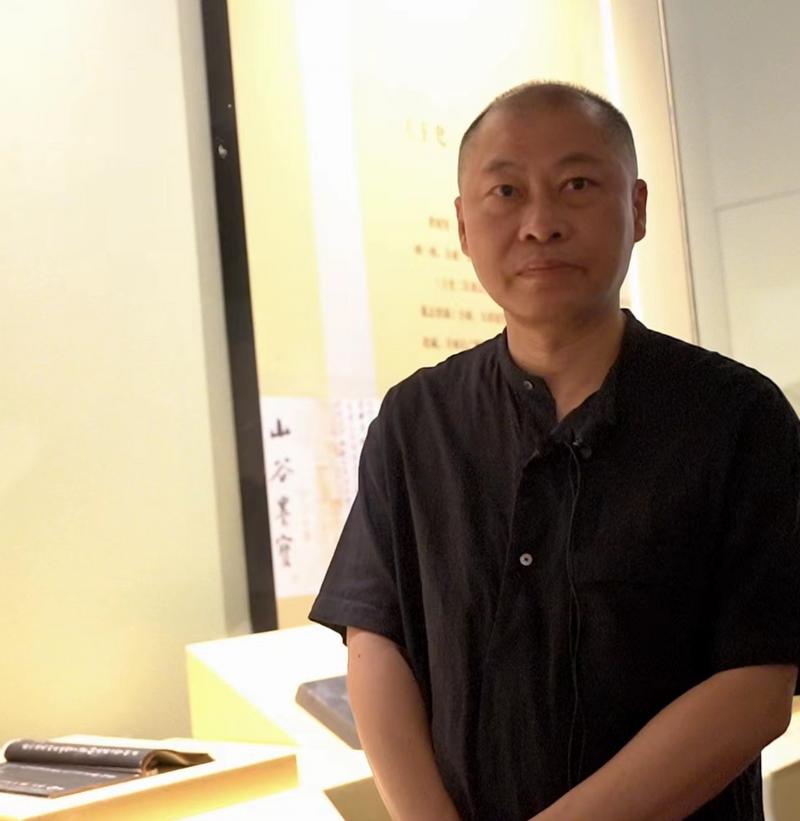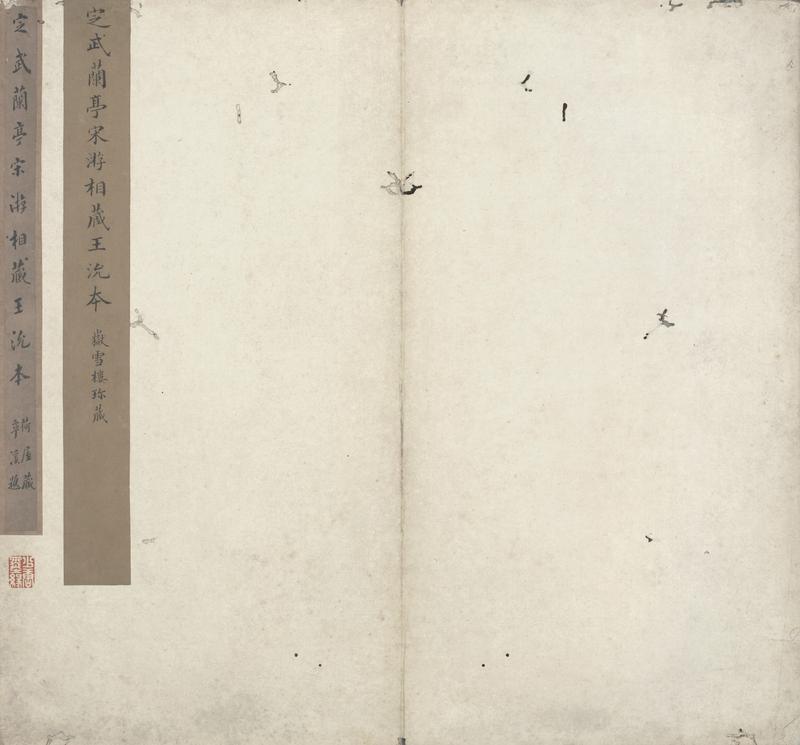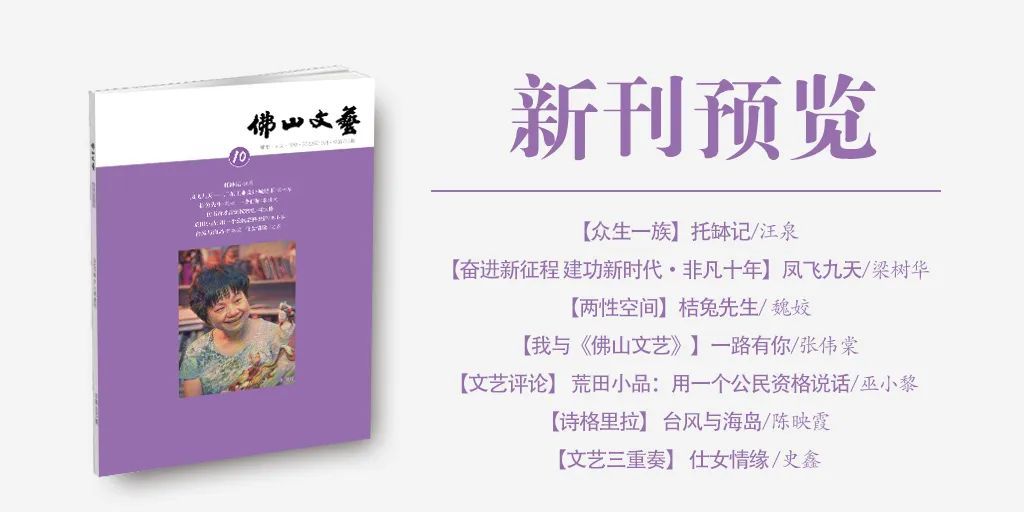"Video" famous masterpiece ② | Wu Tai interprets the "baby" and "circle of friends" of Wu Rongguang, a Cantonese colleague,
Author:Yangcheng Evening News Yangche Time:2022.09.06
Text/Yangcheng Evening News all -media reporter Zhu Shaojie Literary Intern Liang Shanyin, Video/Yangcheng Evening News reporter He Quansheng Literary Painting/Guangdong Museum provided
The "Special Exhibition of Painting and Painting and Calligraphy of Guangdong, Tibet, Tibet, Tibet, Tibet, and Yuan, and Painting and Calligraphy, which is exhibited in the Guangdong Provincial Museum, based on the two basic points of" Guangdong Tibet "and" Song and Yuan Painting and Calligraphy ". The Song and Yuan dynasties, calligraphy, calligraphy, and engraving are systematically sorted out, which is of great significance to promote regional cultural research.

Wu Tai
The exhibition specially borrowed some of the well -known works of Song and Yuan, such as the Palace Museum and other units and other units of the Qing Dynasty, Wu Rongguang and others. At the exhibition, Wu Rongguang's descendants and contemporary painter Wu Tai told reporters related stories.
The axis shows "Friends Circle"
Wu Rongguang (1773-1843), a native of Nanhai, Guangdong, a poet in the Qing Dynasty, collectors of calligraphy and painting, and Jinshi scholars. Calligraphy is important. His teacher inherited Weng Fanggang and Ruan Yuan, and served as important positions such as Hunan governor, governor of Huguang, and Fujian administration. Especially when he returned to his hometown after his job, he played an important role in the rise and development of Guangdong's collection culture.
The exhibition exhibited the "Songpan Range Range Map" in the Palace Museum. The work is a portrait drawn by Wu Rongguang as the theme of Wu Rongguang. The author of the picture, Wan Chengji, is the disciple of the "Yangzhou Painting School" representative painter Luo, and Wu Rongguang's peers.

The Palace Museum Collection of the Palace Museum of the Palace of the Qing Dynasty
In the picture, Wu Rongguang's round face is painted, with a medium figure, slightly fatter, with a beard left in the upper lip, wearing a red robe, wearing a bucket, and a piercing wooden. Under the shining of the jungle and the mountain stone, Wu Rongguang did not look outstanding in the painting. Only the robe showed the image of the dust and the mountain travel.
In the painting heart, there are nine poems such as Song Xiang, Weng Fanggang, Ruan Yuan, and Chen Shouqi. "This axis shows Wu Rongguang's 'circle of friends'." Wu Tai interpreted the important highlight of this picture roll to a reporter from Yangcheng Evening News:
Wu Rongguang, who traveled to the capital, often purchased calligraphy and paintings from Liulichang; "37 years old moved to the Xiaxie Street Hut, which is similar to Ruan Yuan's house. The landscape is sought after the landscape ... "Because of this layer of division's relationship, Wu Rongguang's culture, art and collection vision have been greatly opened.
"Calligraphy and painting appraisal also requires organizational analysis and comparison to go to pseudo and consciousness. Wu Rongguang is well -known in Jinshi research, version studies, calligraphy and painting appraisal, and is related to his good judgment." Wu Tai believes that Wu Rongguang is the official three official three. Ten years, he has served as governor, governor, administrative ambassador, and inspection, and also served with the duty and martial arts. He is good at using meticulous speculative psychoanalysis problems.
Wu's old Tibetan masterpiece is like forest
Wu Rongguang is the official for thirty years. The experience in Jiangsu and Zhejiang make its vision, communication, and collection wide. There are many other important exhibits in this exhibition, which also come from Wu Rongguang's old collection.
"Lanting Preface" is a classic Chinese calligraphy classic, and it was originally invisible. Since the launch of "Lanting Preface", book writers have scrambled to write, so different versions have appeared. According to the statistics of "Lanting Cao" by Lu You's nephew Sang Shichang, there were more than 150 versions of "Lanting Preface" in the Southern Song Dynasty.

Wu Rongguang Old Tibetan Song Tuoben "Lanting Preface"
It is a pity that most of these versions have not been able to save the world so far, of which "Dingwu Ben Lan Pavilion" is a recognized version.

Wu Rongguang Old Tibetan Song Tuoben "Lanting Preface"
Song Tuo Wang's "Lanting Preface", which was exhibited this time, was converted by hand rolls. It was identified as the characteristics of the Lanting Pavilion in Youxiang, which is the Dingwu series. This volume has been collected by Wu Rongguang and Kong Guangtao in Cantonese masters. There are twelve paragraphs such as Youguan, Weng Fanggang, Ye Zhizheng, Kong Guangtao, Song Yichun, Wang Shucha, Banni, etc.
The inside signed questions include "Yue Xuelou Collection" and "Lotus House Tibetan". Behind the ink paper, there are seals such as "the ancient houses obtained by the lotus house" and "Yuexuelou Jianzang Golden Stone Calligraphy and Calligraphy Books".
The Southern Song Dynasty Li Tang's "Cai Weitu" is now hidden in the Palace Museum in Beijing. Li Tang used this historical story to recognize the people who maintain the festival and condemn the behavior of surrender. When the Southern Song Dynasty confronted the Kingdom of the Southern Song Dynasty, it could be described as "using ancient sarcasm" and good intentions.

In the Southern Song Dynasty, Li Tang's "Cai Weitu" (replication) was originally hidden in the Palace Museum. According to Wu Tai, Wu Rongguang once "twice" collected "Cai Weitu". In the map of the picture, Wu Rongguang described in detail how he had to come to this volume, how to be purchased again after being stolen by the water in Qiannan and the stolen.
On the other hand, the collection story of "Cai Weitu" pays more attention to the academic circles: in the Song and Yuan dynasties, the work once entered the Southern Song Dynasty, and later scattered the world from the royal family and the clan; The hands of the Jiangnan collectors such as Yuanzhang became the things of the father and son of the authority Yan Song;
Return to Beijing Division, obtained the officials of the Cantonese -named Huang, and "South Du" Lingnan with the Huang family who returned to the country, and the Lingnan scholar Wu Rongguang, who was returned to the province of Beijing, returned to the hometown.
The rise of Lingnan Tibetans in the Qing Dynasty
"A big painter, it is bound to" hold "a big collector's 'thigh'." Wu Tai believes that the inheritance and development of traditional Chinese culture and artistic creation cannot be separated from the collection of classics and calligraphy. Wu Rongguang was regarded by today's researchers as an extremely important figure in the history of the late Qing Dynasty and the history of Tibetan.
It can be said that in the late Qing Dynasty, Lingnan culture and Beijing -centered mainstream culture had a profound connection. Wu Rongguang played an important role. This cultural connection directly or indirectly affected the direction of Lingnan culture after the late Qing Dynasty and even the Republic of China.
This exhibition shows a centralized display of related collections, showing a major source and context for the development of modern cultural culture in Guangdong. Due to the development of the salt industry and the foreign bank, in the middle of the 19th century, the atmosphere of Jianzang in Guangdong began to flourish, and the collectors in Lingnan region rose.
At that time, the prestigious collectors in Guangdong include Pan Youwei, Wu Rongguang, Ye Menglong, Pan Zhengheng, Pan Zhengwei, Wu Chongzheng, Pan Shicheng, Wu Yuanzhang, Kong Guangtao, etc., who had fallen into his financial resources and eyes, and gathered a group of Song and Yuan paintings. The grade and quantity of the collection are at the forefront of the country.
Wu Rongguang's collection has a distinct system, and he also records his hidden, seen, and heard in detail in the writings such as "Xin Chou Sales Xia Ji". His influence on Guangdong culture is far -reaching, and the most intuitive reflection is in his collection. "Xin Chou Sales Xia Ji" has become a must -read book for many Lingnan collectors. The Tibetan culture in Lingnan has a profound impact.
Yuan Li's "Bamboo Map" Guangzhou Art Museum Collection

In 1840, the land of China will usher in the "unchanged" by the Opium War. Wu Tai said that at this time Wu Rongguang also ushered in the last three years of life. Seeing that the situation was disturbed, he sold the famous paintings, books, and Yi wares hidden in the family, including Li Tang's "Cai Weitu", Li Yan's "Bamboo Map", etc. Essence
For details, please refer to the A10 report on the Yangcheng Evening News on September 7, 2022

To this day, "Cai Weitu" and some Wu Rongguang's old collection have long been dangerous, becoming the treasures of modern museums. Although many of its old -fashioned works flow out of Guangdong and are scattered around the world, the past collections behind them have already made these works have been inextricably linked to Lingnan. (For more news, please pay attention to the Yangcheng Pai Pai.ycwb.com)
Source | Yangcheng Evening News · Yangcheng School Editor -in -law | Deng Qiong School Division | Li Hong
- END -
The Party History and Education Troupe of the Campaign Memorial Hall of the Campaign of the Jinan University of Science and Technology to carry out practical activities

Text/Figure Yu 桠桠In order to learn the spirit of Yinglie, enhance the feelings o...
"Foshan Literature" preview of the 10th issue of 2022

RollUnyielding life of life□ Wang NavyI cry while reviewing, this situation is no...